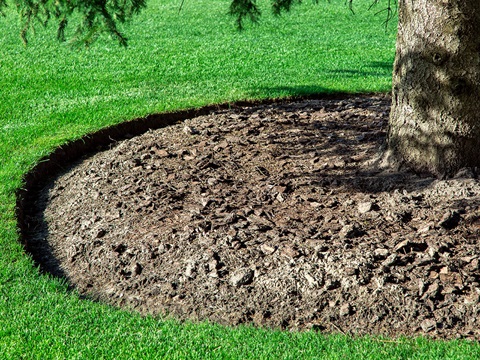Help your trees avoid long-term drought damage
Published on June 27, 2022

You can help preserve Menlo Park’s Tree City USA heritage this summer by making sure your trees avoid long-term drought damage by following some simple tree care guidelines. Water mature trees once a month by irrigating near the edge of the tree canopy (drip line). Use a low flow rate for a long duration to allow water to moisten the soil to a depth of 18”-24” (Rule of thumb - use 10 gallons per 1” of trunk diameter). For young trees not yet established, water every 3-5 days within the drip line. Before watering, check the moisture level within the first 2” of the soil surface to ensure the soil is dry and you’re not overwatering. If the soil is still damp from the last watering, wait another day or two until the soil is dry.
The use of drip irrigation and bubblers can offer efficient watering. In addition, a simple soaker hose found at any garden center can be just as effective and provide the extra flexibility of moving irrigation easily where it’s needed. Not only is drip irrigation more water efficient than a conventional sprinkler system, but it also encourages the development of deeper, more stable root systems. Trees both young and old can benefit significantly from adding a thick (2”-4”) layer of wood chip mulch as ground cover in the area under the drip line. Ensure the mulch is not in contact with tree trunks to avoid decay and disease development and to avoid smothering the trees’ roots. Mulch works to help conserve soil moisture, moderate temperatures, improve soil conditions, reduce the potential for surfacing roots, and improve overall tree health.
Summer irrigation can be beneficial to oak trees, keep water at least 10-feet away from the base of the tree, or apply in the outer two-thirds of the root zone. To avoid tree diseases such as oak root fungus and crown rote, avoid irrigating near the base of mature, native oaks.